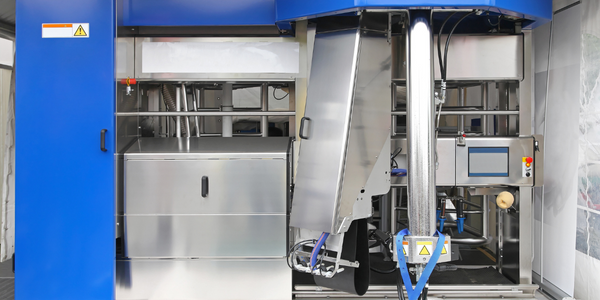Technology Category
- Platform as a Service (PaaS) - Application Development Platforms
- Sensors - GPS
Applicable Industries
- Agriculture
- Telecommunications
Applicable Functions
- Quality Assurance
Use Cases
- Clinical Image Analysis
- Tamper Detection
Services
- Cloud Planning, Design & Implementation Services
- Testing & Certification
About The Customer
Airbus Defence and Space is a leader in the European space business and an international pioneer in earth observation services. With exclusive access to a unique constellation of radar and optical satellites, Airbus works to make the world a more connected, safer, and smarter place. Airbus Intelligence, a unit of the Airbus Defence and Space division, delivers comprehensive, up-to-date satellite imagery and data to more than 1,200 customers in over 100 countries around the world. Since its founding more than three decades ago, Airbus Intelligence has expanded its roster of clients from governmental security to include other entities that benefit from high-quality imagery such as agricultural companies.
The Challenge
Airbus Intelligence, a unit of Airbus Defence and Space, provides comprehensive satellite imagery and data to over 1,200 customers in more than 100 countries. Over the years, Airbus Intelligence has expanded its client base from governmental security to include entities that benefit from high-quality imagery such as agricultural companies. However, the company faced a challenge in meeting the growing expectations of its customers due to the limitations of its existing solution. The traditional process involved capturing images from satellites, processing them, and downloading them into the company’s library. Customers would then select the images they wanted from a catalogue and receive them several hours later. As Airbus added more satellites and technology became more sophisticated, the company was able to provide better quality data and imagery at increasingly large volumes. However, the existing solution could not speed up the production and delivery of its image and data products.
The Solution
To address this challenge, Airbus decided to create a new platform, OneAtlas, that would provide customers with the images and data they needed as quickly as possible without compromising on quality or the range of coverage. Airbus trialed seven separate cloud-based options for the OneAtlas Platform and chose Google Cloud as the winning solution due to its facility with deep learning and image processing, robust security models, and excellent customer service. The first component of OneAtlas released was the Basemap product, which allowed customers to stream images of the whole world instantly or download them at a range of different resolutions depending on their needs. Airbus trained deep learning algorithms in TensorFlow to recognize cloud cover, which reduced the error rate for detecting clouds from 11% to 3%. To process the images, Airbus relied heavily on Google’s managed services, using Google Kubernetes Engine to orchestrate the various methods used to extract information from the images and Cloud Pub/Sub for messaging. The data was held in Cloud Datastore for easy scalability.
Operational Impact
Quantitative Benefit

Case Study missing?
Start adding your own!
Register with your work email and create a new case study profile for your business.
Related Case Studies.
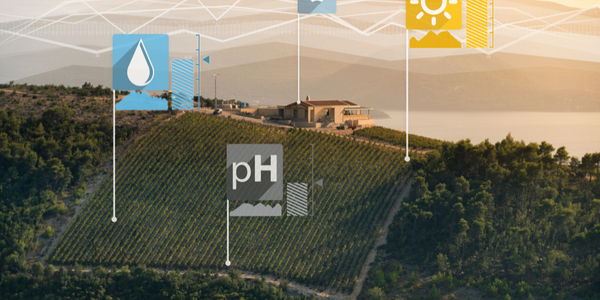
Case Study
Intelligent Farming with ThingWorx Analytics
Z Farms was facing three challenges: costly irrigation systems with water as a limited resource, narrow optimal ranges of soil moisture for growth with difficult maintenance and farm operators could not simply turn on irrigation systems like a faucet.
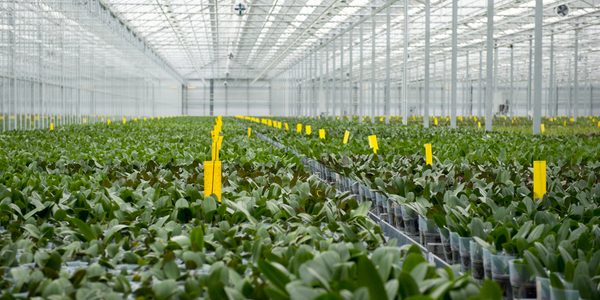
Case Study
Greenhouse Intelligent Monitoring and Control Solution
Farming Orchids is the most successful form of precision farming in Taiwan, and also the most exported flower. Orchids need a specific temperature and humidity conditions to grow and bloom, and its flowering time may not be in line with market demands, so the price collapses when there is overproduction. Therefore, some farmers began to import automated greenhouse control systems for breeding and forcing, which not only improves quality, but also effectively controls the production period and yield to ensure revenue. In 2012, an orchid farmer built a Forcing Greenhouse of about 200 pings (approximately 661 Square Meters) in Tainan, Taiwan. The system integrator adopted Advantech’s APAX-5000 series programmable automation controllers to build the control platform, coupled with Advantech WebAccess HMI/SCADA software, to achieve cloud monitoring. The staff of the orchid field can monitor important data anytime via smart phone, iPad, and other handheld devices, and control the growth and flowering conditions. System requirements: In the past, most environmental control systems of orchid greenhouses in Taiwan used PLCs (Programmable Logic Controller) with poorscalability and control, and could not be connected to the Internet formonitoring from the cloud. For advanced database analysis and networking capability, the PC platform must be adopted. Therefore, PAC Systems (Programmable Automation Controller) with both PLC programming capabilities andPC functions is a better choice.The environmental control of the Orchid greenhouse switches on and off devices like fan, shade net, cooling/heat pump, liquid flow control, water-cooling wall etc. It is controlled by a control panel of electric controllers, and is driven by a motor, to adjust the greenhouse temperature, humidity, and other environmental conditions to the set parameters.
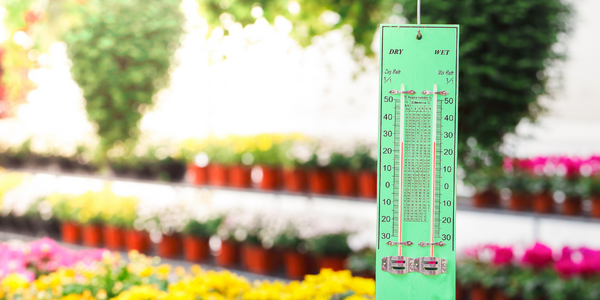
Case Study
Precision beekeeping with wireless temperature monitoring
Honeybees are insects of large economic value and provide a vital service to agriculture by pollinating a variety of crops. In addition, bees provide us with valuable products such as honey, beeswax, propolis, bee venom, etc. Monitoring of honeybee colony health, population, productivity, and environmental conditions affecting the colony health have always been exceedingly difficult tasks in apiculture. Research has shown that even small deviations (by more than 2°C) from the optimal temperatures have a significant influence on the development of the brood and the health of adult bees.
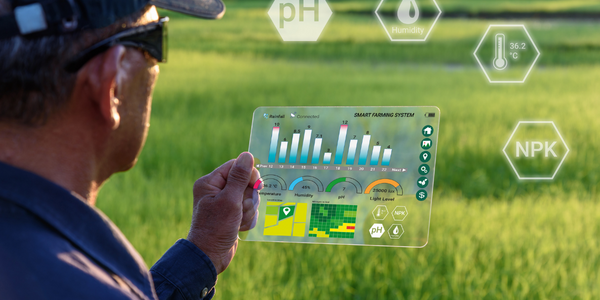
Case Study
Enabling Internet of Things Innovation in Agriculture
DigiBale, wanted to apply technology know-how and IP from implementations successfully to more agriculture sectors including cotton, forestry, sugarcane and cattle. However, farmers and growers still have worries about the connected technology.








